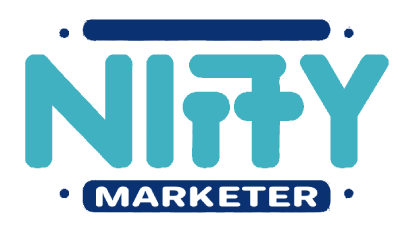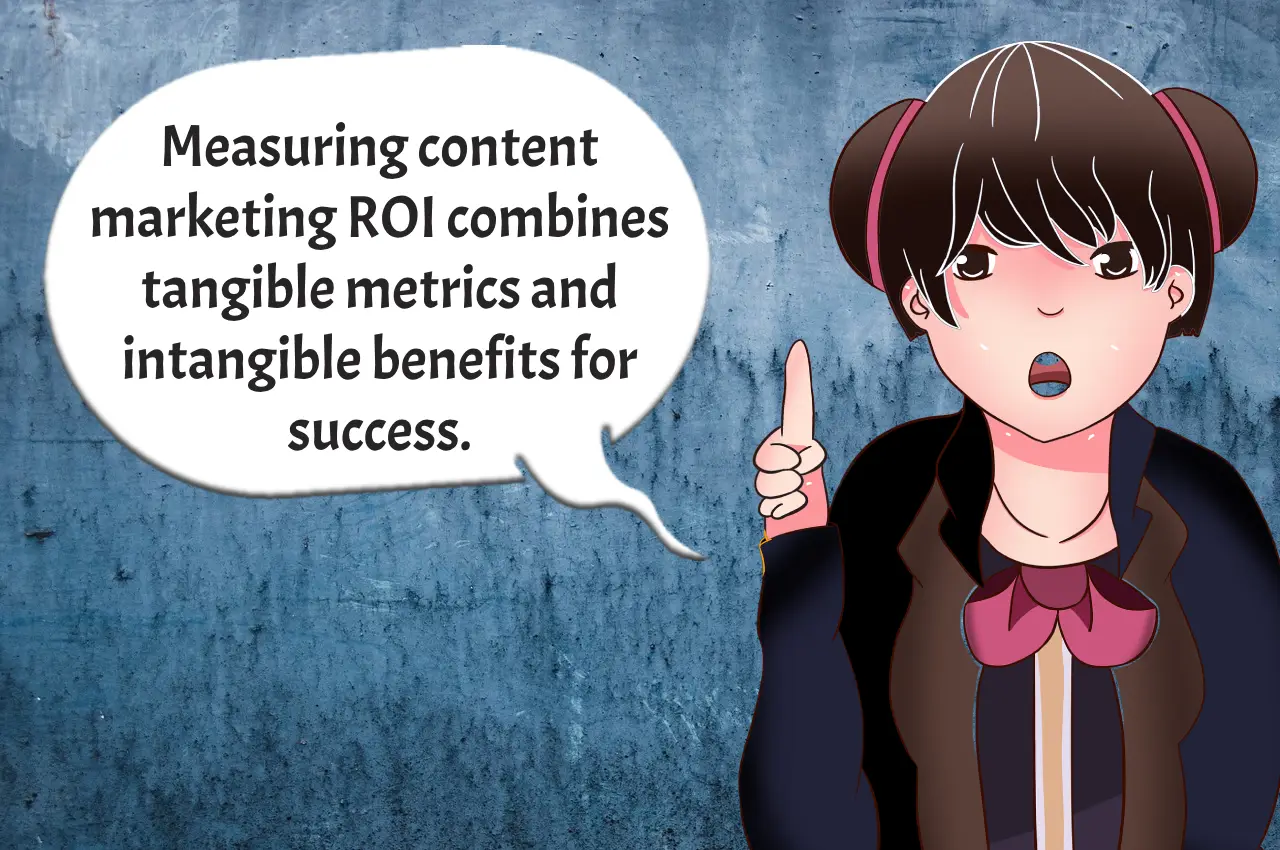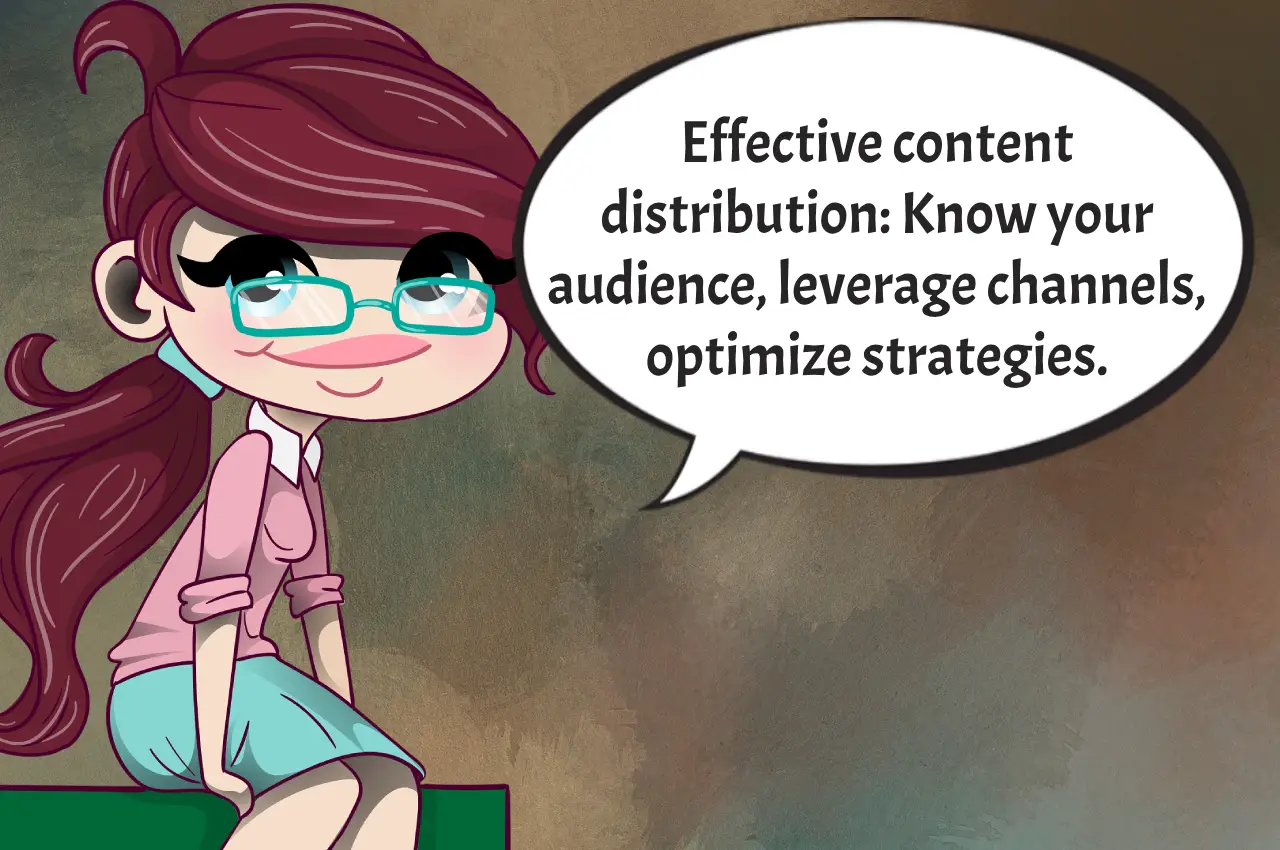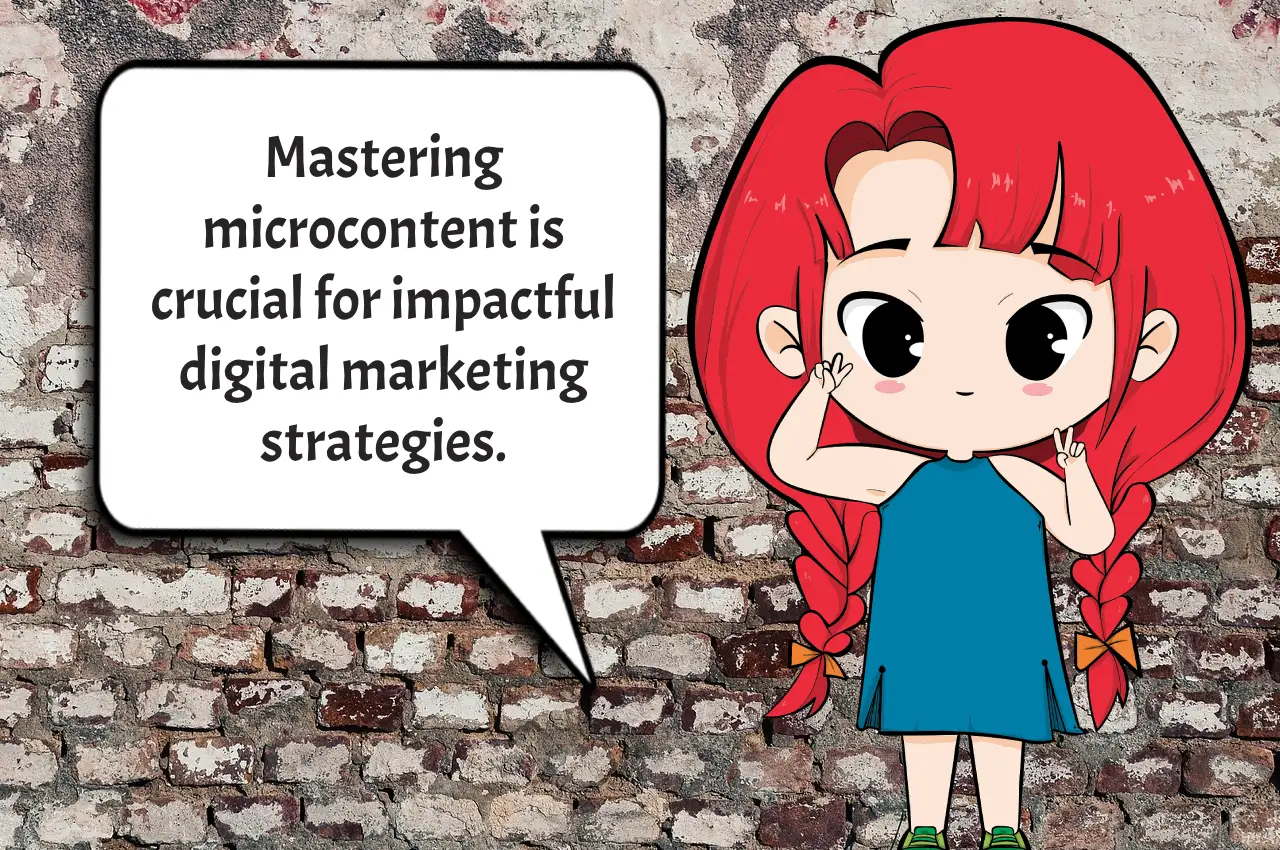Crafting a compelling content marketing strategy is akin to navigating a complex labyrinth, each turn requiring careful consideration and strategic planning. In today’s digital landscape, where attention spans are fleeting and competition is fierce, measuring the Return on Investment (ROI) of your content efforts is paramount. But how do you quantify the impact of your content in tangible terms? Fear not, as we embark on a journey to demystify the intricacies of content marketing ROI, armed with actionable insights and real-world examples.
Understanding Content Marketing ROI
Before delving into the intricacies of ROI measurement, it’s crucial to grasp the essence of content marketing. At its core, content marketing revolves around creating and distributing valuable, relevant, and consistent content to attract and retain a clearly defined audience. Whether it’s blog posts, videos, infographics, or social media posts, the overarching goal is to drive profitable customer action.
However, the success of your content marketing efforts cannot be gauged solely by likes, shares, or comments. True ROI encompasses a holistic view, encompassing both tangible and intangible benefits. Tangible metrics such as website traffic, leads generated, and sales attributed to content are relatively straightforward to measure. Yet, it’s the intangible benefits like brand awareness, thought leadership, and customer loyalty that often elude quantification.
Measuring Tangible ROI Metrics
The foundation of measuring content marketing ROI lies in tracking tangible metrics that directly impact your bottom line. Here are some key metrics to consider:
Website Traffic: Monitor the influx of visitors to your website through various channels, including organic search, social media, and referrals. Tools like Google Analytics provide valuable insights into traffic sources, page views, and user behavior.
Lead Generation: Evaluate the effectiveness of your content in capturing leads by tracking form submissions, downloads, or newsletter sign-ups. Assigning a monetary value to each lead allows for a more accurate ROI calculation.
Conversion Rates: Analyze the conversion rates at different stages of the customer journey, from initial engagement to final purchase. Identify high-performing content assets that contribute to conversion optimization.
Sales Attribution: Utilize tracking tools and analytics platforms to attribute sales directly to specific content pieces or marketing campaigns. Understanding the revenue generated from content investments is crucial for ROI assessment.
While these metrics provide valuable insights into the performance of your content, it’s essential to contextualize them within your broader business goals and objectives.
Quantifying Intangible Benefits
In addition to tangible metrics, content marketing yields a myriad of intangible benefits that contribute to long-term success. While these outcomes may be challenging to quantify, they are equally instrumental in driving brand equity and customer loyalty. Here are some intangible benefits worth considering:
Brand Awareness: Assess the reach and visibility of your content across various channels, including social media mentions, media coverage, and brand sentiment analysis. Building brand awareness lays the groundwork for future customer engagement and acquisition.
Thought Leadership: Evaluate the impact of your content in positioning your brand as an authoritative voice within your industry. Monitor indicators such as industry accolades, speaking opportunities, and media citations to gauge thought leadership.
Customer Engagement: Measure the level of engagement and interaction your content elicits from your target audience. Metrics such as social shares, comments, and time spent on page reflect the depth of customer engagement and interest.
Customer Retention: Examine the role of content in nurturing existing customer relationships and fostering loyalty. Assess customer satisfaction, retention rates, and repeat purchases to gauge the effectiveness of your content in retaining customers.
While these intangible benefits may not yield immediate financial returns, they lay the groundwork for sustained growth and brand longevity.
Case Studies
To illustrate the principles of content marketing ROI in action, let’s explore a few real-world examples:
HubSpot:
The inbound marketing powerhouse leverages a comprehensive content strategy to attract, engage, and delight its audience. By offering valuable resources such as blog posts, e-books, and webinars, HubSpot has established itself as a trusted authority in the marketing industry. Through rigorous tracking and analytics, HubSpot quantifies the ROI of its content efforts, attributing a significant portion of its revenue to content-driven lead generation and customer acquisition.
Buffer:
The social media management platform prioritizes transparency and education in its content marketing approach. Through its blog, podcast, and social media channels, Buffer delivers actionable insights and industry trends to its audience. By tracking key metrics such as website traffic, trial sign-ups, and customer referrals, Buffer demonstrates the tangible impact of its content on user acquisition and retention.
Red Bull:
The energy drink giant transcends traditional marketing channels with its content-centric approach. Through captivating storytelling and adrenaline-fueled adventures, Red Bull captivates its audience and fosters a sense of community around its brand. While the direct ROI of its content initiatives may be challenging to quantify, Red Bull’s unwavering commitment to creativity and innovation has cemented its status as a cultural phenomenon.
Conclusion
In the ever-evolving landscape of digital marketing, measuring your content marketing ROI efforts is both an art and a science. By focusing on a combination of tangible metrics and intangible benefits, you can gain valuable insights into the effectiveness of your content strategy. Remember, content marketing is not just about creating noise—it’s about creating meaningful connections with your audience and driving sustainable business growth.
As you embark on your content marketing journey, remember to stay agile, experiment with different approaches, and above all, prioritize value creation for your audience. By aligning your content efforts with your business objectives and continuously refining your measurement techniques, you can unlock the true potential of content marketing and achieve measurable results.
Now, it’s your turn to join the conversation. How do you measure your content marketing ROI efforts, and what strategies have proven most effective for your business? Share your insights and experiences in the comments below.





